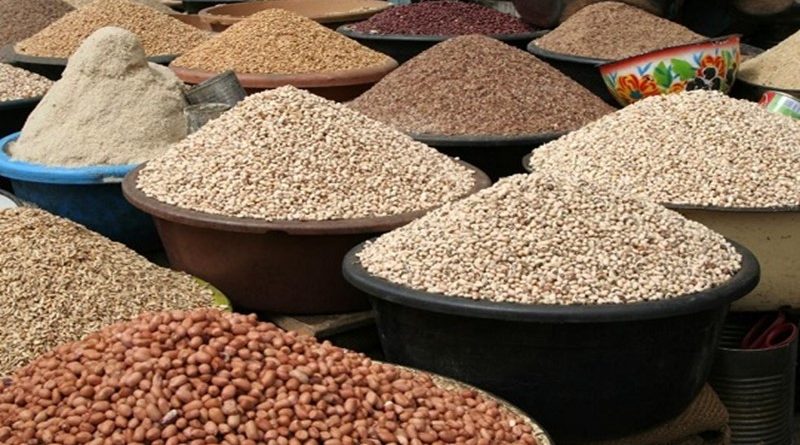Africa’s grain market grows on production and consumption changes, report
Grain market in Africa is continuing to exude a bullish performance according to a report by IndexBox, citing that the revenue in 2018 amounted to $109 billion, picking up by 9 per cent against the previous year.
This figure reflects the total revenues of producers and importers excluding logistics costs, retail marketing costs, and retailers’ margins, which will be included in the final consumer price.
The market value of grains increased at an average annual rate of 1.4 per cent over the period from 2014 to 2018; the trend pattern remained relatively stable, with somewhat noticeable fluctuations being observed in certain years.
In terms of production, the continent totaled 201 million tonnes in 2018, increasing by 1.6% against the previous year. The total output volume increased at an average annual rate of 1.5% from 2014 to 2018.
The trend pattern remained relatively stable, with only minor fluctuations being observed with the most prominent rate of growth recorded in 2017 with an increase of 6.7% against the previous year.
The countries with the highest volumes of grain production in 2018 were Nigeria (26 million tonnes), Ethiopia (25 million tonnes) and Egypt (22 million tonnes), together accounting for 37% of total production.
South Africa, Morocco, Tanzania, Mali, Sudan, Niger, Algeria, Burkina Faso and Kenya lagged somewhat behind, together accounting for a further 37%.
The grain harvested area in Africa amounted to 125 million ha, remaining relatively unchanged against the previous year. The average yield of grain in Africa stood at 1.6 tonne per ha, flattening at the previous year.
During the year under review, the countries with the highest volumes of grain consumption were Egypt (44M tonnes), Nigeria (31M tonnes) and Ethiopia (26M tonnes), together comprising 37% of total consumption.
These countries were followed by Algeria, Morocco, South Africa, Tanzania, Mali, Sudan, Kenya, Niger and Tunisia, which together accounted for a further 38%.
Grain exports in Africa stood at 2.3M tonnes, growing by 14% against the previous year. In value terms, grain exports stood at US$720M (IndexBox estimates).
South Africa represented the largest exporter of grain exported in Africa, with the volume of exports accounting for 1.2M tonnes, which was near 52% of total exports in 2018.
Uganda (471K tonnes) took the second position in the ranking, distantly followed by Tanzania (212K tonnes) and Zambia (144K tonnes). All these countries together occupied near 36% share of total exports. Kenya (70K tonnes), Sudan (46K tonnes) and Burkina Faso (44K tonnes) followed a long way behind the leaders.
In terms of imports, approx. 73M tonnes of grain were imported in Africa in 2018; increasing by 4.5% against the previous year. In value terms, grain imports amounted to US$15B (IndexBox estimates).
Countrywise, Egypt (22M tonnes), distantly followed by Algeria (14M tonnes), Morocco (6.8M tonnes), Nigeria (5M tonnes) and Tunisia (3.5M tonnes) were the key importers of grain, together achieving 70% of total imports.
Libya (3M tonnes), Sudan (2.9M tonnes), Kenya (2.4M tonnes), South Africa (2.2M tonnes) and Zimbabwe (1.2M tonnes) – together made up 16% of total imports.
Driven by increasing demand for grain in Africa, the market is expected to continue an upward consumption trend over the next decade.
Market performance is forecast to retain its current trend pattern, expanding with an anticipated CAGR of +2.5% for the period from 2018 to 2030, which is projected to bring the market volume to 366M tonnes by the end of 2030.
Data Source: https://www.indexbox.io/store/africa-grain-market-analysis-forecast-size-trends-and-insights/ INDEXBOX




